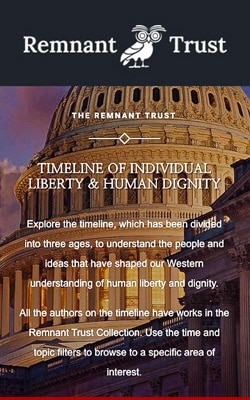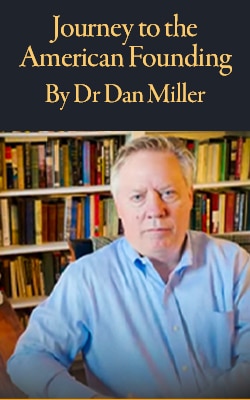Journey to the American Founding
July 6 1773
The stories we’re seeing from the last half of 1772 and early 1773 are a mixture of change and continuity. Surrounding the mixture is an intensification of actions and decisions. The new and old twist together in revolving cycles. The pace is not what it once was—it has picked up speed.
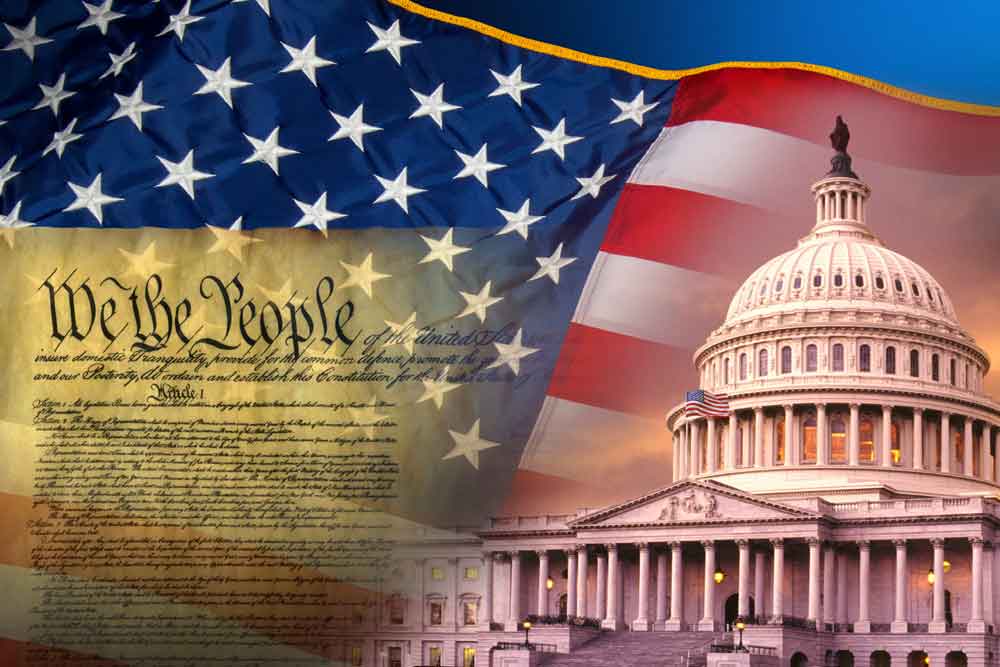
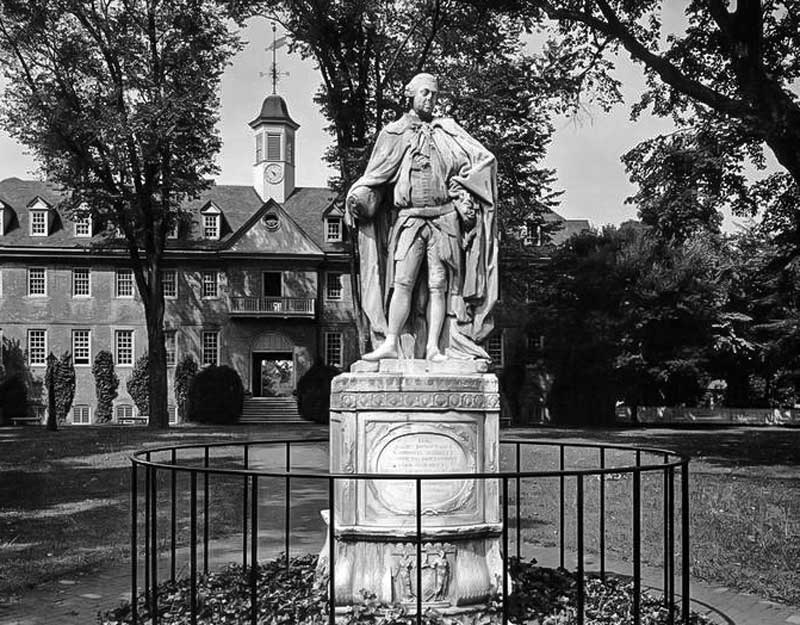
Original Lord Botetourt statue, 1957 – ID: 41 ~ Source: University Archives Photograph Collection, UA 8. ~ Creator: Special Collections – Research Center, William & Mary Libraries. This file appears in: Lord Botetourt Statue, Constructed 1770- 1773
Excerpts from: Americanism Redux: July 6, on the Journey to the American Founding, 250 years ago today, in 1773
Here they come. Just stand over here with me. Pay attention and keep your eyes and ears open. Throughout the day, they come. One person, a pair, a small group. They say much the same things.
–He looks so natural. . . . They walk slowly away. Is it a funeral viewing of a corpse? Almost.
Miracles come in all sizes, including 2000 pounds.
Two years in the making, the painstaking work of sculptor and artist Englishman Richard Hayward, the one-ton statue went from marble block to breath-taking form, . . . The statue is of Lord Botetourt, first known as Norborne Berkeley, royal governor of Virginia, 1768-1770, popular and revered leader, . . . . it’s on display in front of the capital building at Williamsburg. George Washington sees it, Thomas Jefferson sees it, Patrick Henry sees it, James Madison sees it, the whole crew and then some.
People walk by and their reaction is unanimous. The statue seems to be alive. . . . They wanted him remembered, and what a crucial time it is now that this marble man is newly in their midst. . . .
–It still hurts, a little.
That’s the debt paid off by Catherine Rathell several days ago. . . . She handed over a large payment—ouch—owed to a merchant who had sold her a variety of goods for resale in her store in Williamsburg, Virginia. Rathell is a milliner by trade, a maker and seller of women’s hats. But that’s a fraction of the truth. , . . . . Feared and respected, Catherine Rathell knows every inch of the Chesapeake Bay and Tidewater markets for the latest apparel and style goods from England. 250 years ago today, when the winds shift, you’ll see her head tilt upward for the scent of storms.
–Yes, I’ll take the position.
On the distant eastern edge of that wind, in London, England, John Norton, who knows Rathell by both fact and reputation, has decided to accept an offer from the group of Virginia assembly members who formed the Virginia Committee of Correspondence several weeks ago. They asked him to be their agent—a combination of lobbyist, advisor, and intelligence-gatherer—in London. They know Norton has worked hard on behalf of his colony-community over the years, including his role in finding Richard Hayward to make the Botetourt statue.
. . . He announces his acceptance of the agent position and, almost as proof of his value in the new role, also offers his first reports of insider-political news and recommendations. Norton says his contacts with the British East India Company are telling him the new tea law enacted a few weeks ago may have a dual purpose—one, shipping EIC tea to the colonies and, two, serving as “a cat’s paw” that “forces” colonists to pay an extra duty for the EIC’s product. . . . Norton urges the Virginia assemblymen not to allow sale of the tea until the extra duty is removed, though he admits “that what their resolution will be, time only will discover.” . . .
–They’re telling lies about me.
One royal governor writing another royal governor, 250 years ago today, Thomas Hutchinson of Massachusetts colony pours his frustrations onto the page that William Tryon of New York colony will read a few days from now. Hutchinson describes the nasty events surrounding the seizure and public release of private letters he’d written five years earlier, . . . He’d expressed negative feelings toward people who criticized and opposed British imperial policy. . . .
Hutchinson tells Tryon of an interesting insight—that few people have actually read the released letters but nearly everyone has read the accusatory and vicious reports ABOUT the letters. Further, Hutchinson concludes, “I pity the poor people who suffer themselves to be duped by a few men who seem to drive things to the utmost extremity against all connection with the Kingdom & never to be easy till they have a governor who will join with them.”
–They’ll kill him unless you protect him.
Three British imperial officials in Boston—William Burch, Henry Hulton, and Charles Saxton—agree today 250 years ago that one of their inspectors, Robert Moreton, will likely be harassed, injured, and potentially killed by colonists who resent his authority to enforce British imperial trade laws. . . .
It had come close to happening two months ago in Baltimore. A man suspected of informing on violators was beaten and tortured, while another man assisting with inspection escaped a furious group of pursuers by hiding in the woods. The trio of Burch, Hulton, and Saxton are afraid it will only get worse with Moreton’s assignment in Annapolis, Maryland colony. A mob, they fear, is waiting for him. . . .
For You Now
This is the life shared in my series, one week at a time.
It’s the visible and the invisible. Which holds and which works? And which is fading and which is growing?
The statue is visible with invisible forces attached as memories, nostalgia, hopefulness. They are the invisible outcomes of visible art. The formal offices of royal governor and customs official have visible authority with assumed power, but the invisibility of the thing poses problems and suggests weaknesses. An elected legislative office is visible, though an invisibility exists here too—as in the member choosing to do this or that with the seat itself; the Committee of Correspondence is comprised of some legislators going a way different from the governor’s. The position of agent includes salary and tasks—surely the stuff of the visible—while a great deal of invisibility comes with implications, unknowns, and guesswork. And, finally, a business master lives on the passions, perceptions, emotions, and impulses of customers and their lifestyles. It is an art of itself crafted from invisible stone, objective of nothing and subjective to everything.
Out of the visibles and invisibles a River takes shape and the currents find form. . . .
Suggestion
Take a few minutes and consider this—in thinking about our national condition as of today, 250 seconds ago, what’s the first visible and invisible that comes to mind? And does this pair of immediate choices suggest something about your state of mind?
TITLE: Americanism Redux: July 6, on the journey to the American Founding, 250 years ago today, in 1773
By Dr. Dan Miller
To know us better then is to know us more fully now. Welcome to Americanism Redux and my one-a-week stories of 250 years ago. For the all the stories thus far, Visit Historical Solutions, Dr Dan Miller’s website>
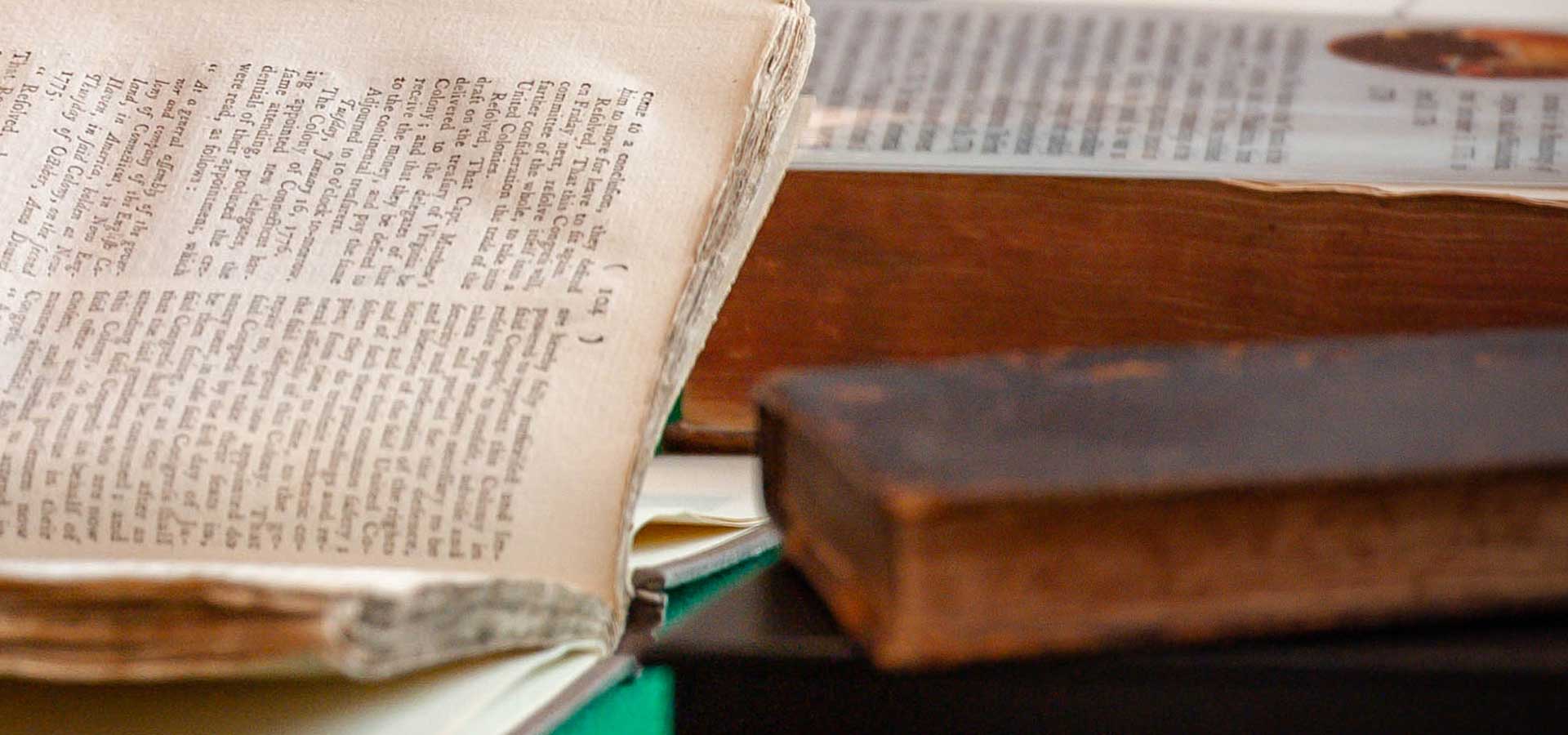
Reference: The Remnant Trust Collection
An Act to enable His Majesty to put the Customs, and other Duties, in the British Dominions in America, and the Execution of the Laws relating to Trade there, under the Management of Commissioners to be Appointed for that Purpose, and to be Resident in the said Dominions – by Great Britain Parliament in 1767- Reference #0398
“This is the British law that established the position of customers commissioners in the colonies, the tasks of which John Moreton was struggling to fulfill in early July 1773. Moreton’s problems illustrated the cracks in British imperial power well before 1776.”
View The Remnant Trust “Wisdom of the Ages Athenaeum PDF for reference>
Journey to the American Founding
Welcome to Americanism Redux, a series by historian author, Dr. Dan Miller. He explores what Americanism meant 250 years ago and its significance for America today.
What Can I Do?
We invite you to share our passion for Individual Liberty and Human Dignity to a new generation including educators, students, business leaders and Americans from all walks of life.
